4 Benefits of Stump Grinding
Having a tree removed on your property is really only half the battle. Once a tree has been cut down, you’ll also need to consider what you want to do about the stump. Stumps can decay naturally over time, but if you’re not willing to wait that long, you might want to consider your other option, stump grinding. Let’s look at a few signs that you might be in need of stump grinding.
1. Destructive Pests
A rotting tree stump will quickly become a favorite hangout for destructive pests such as carpenter ants and termites. If you allow the stump to rot naturally, you might quickly discover an infestation of these types of pests whereas you never had them in the past.
2. Easier Landscaping
Another good reason to get the stump removed through grinding is to make your time landscaping easier. Stumps are awkward obstacles when doing yard work, such as mowing the lawn. Once the stump is removed, you can replant grass and have a nice uniform-looking lawn. You’ll be able to take care of lawn tasks much more quickly.
3. Problematic Roots
Once a tree has been cut down, the root system can still extend through the ground. This can ultimately make it difficult for other plants to grow and thrive in that area of the yard. According to Bob Vila, the size, number, and complexity of roots can be a big deal when it comes to root removal as they can impact the cost.
4. Poor Appearance
An old rotting stump in the yard looks bad. This is really one of the main reasons so many people opt to have stump grinding done. You’ve invested a lot into your home to keep it well-maintained and looking nice. Don’t let a tree stump ruin all of your hard work.
If you want good stump removal results, you should definitely make sure you work with a qualified professional. You might be tempted to do this work on your own so that you could save some money, but stump grinding requires specific skills and tools. To get this job done well and safely, you’ll want to contact local tree removal specialists in your area.
If you’re looking to have a tree stump professionally removed, please get in touch with us today. We are here for your tree care and removal needs. Our experts at Affordable Tree Care are looking forward to working with you.
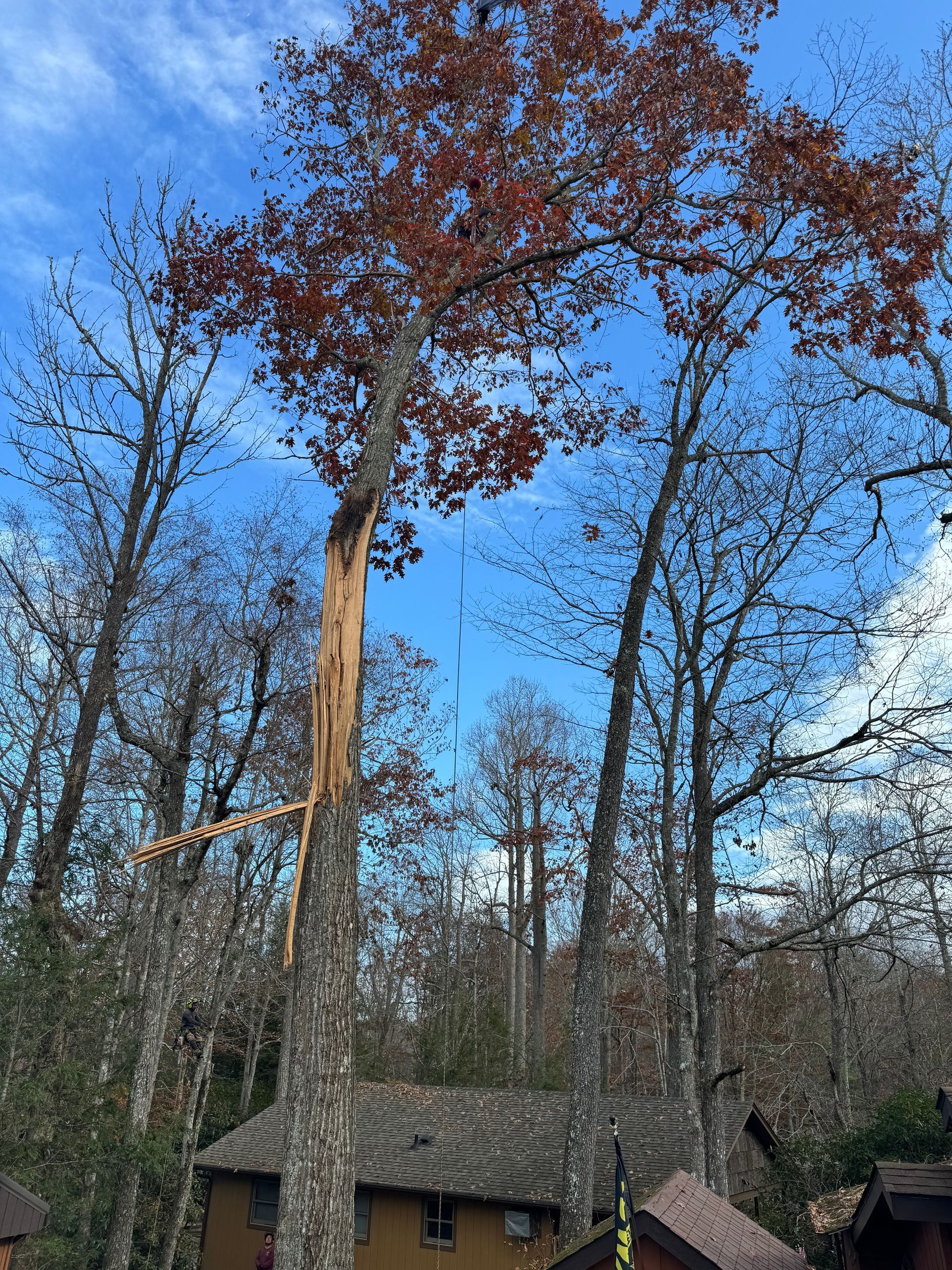

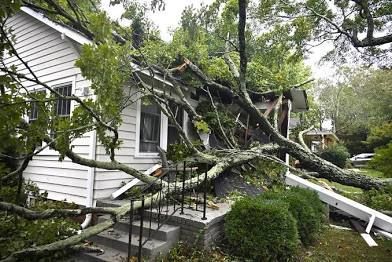
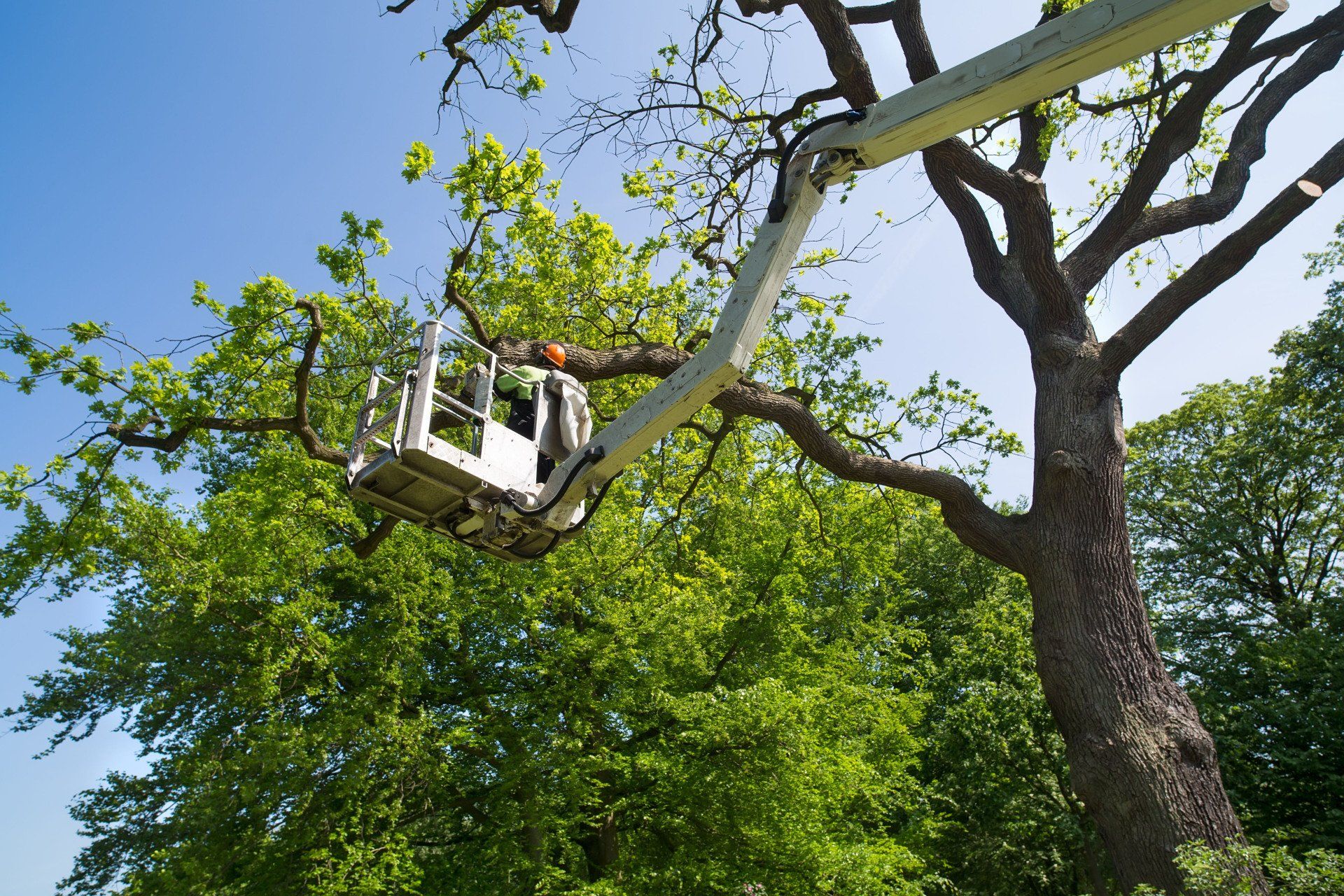


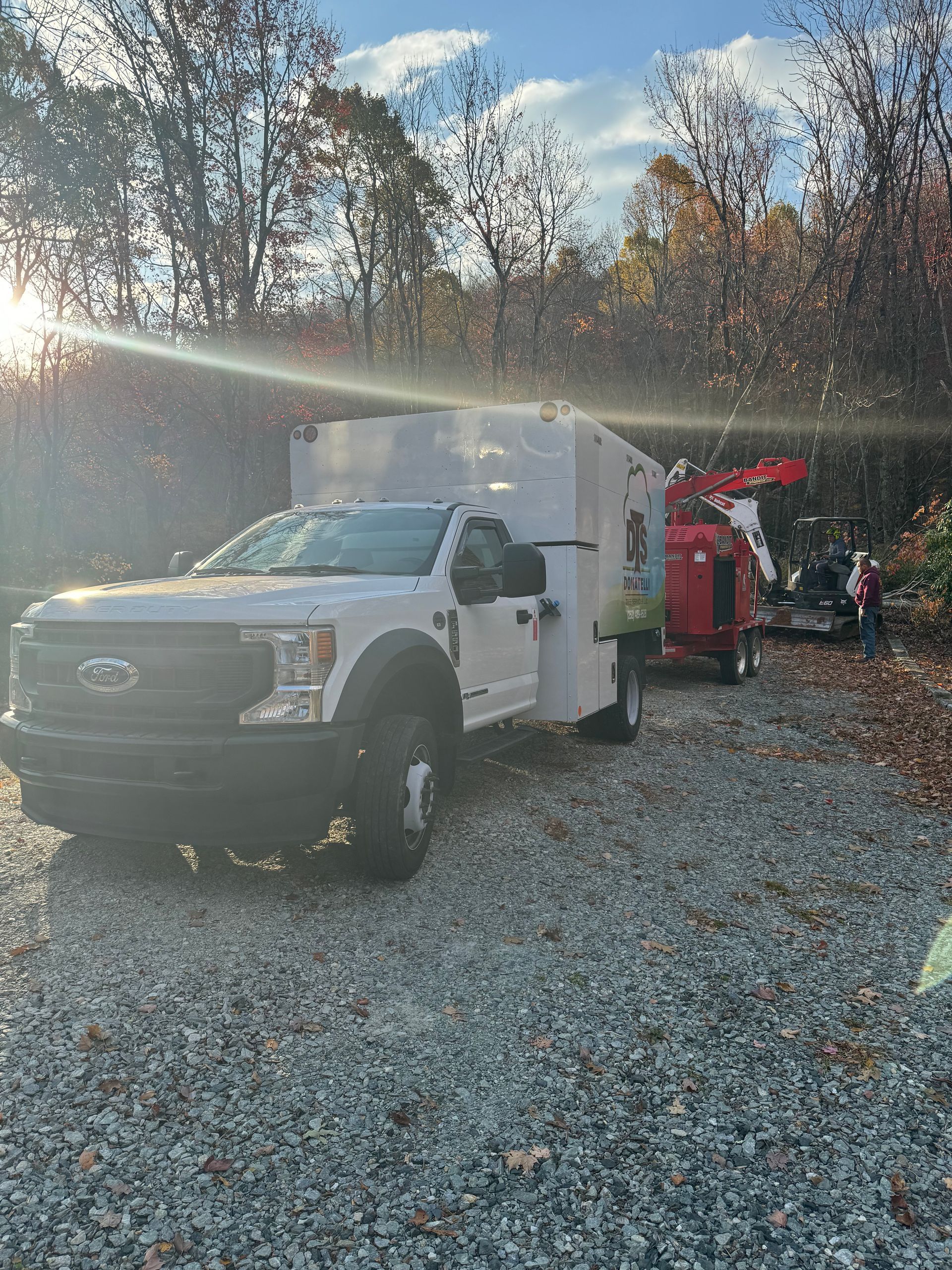
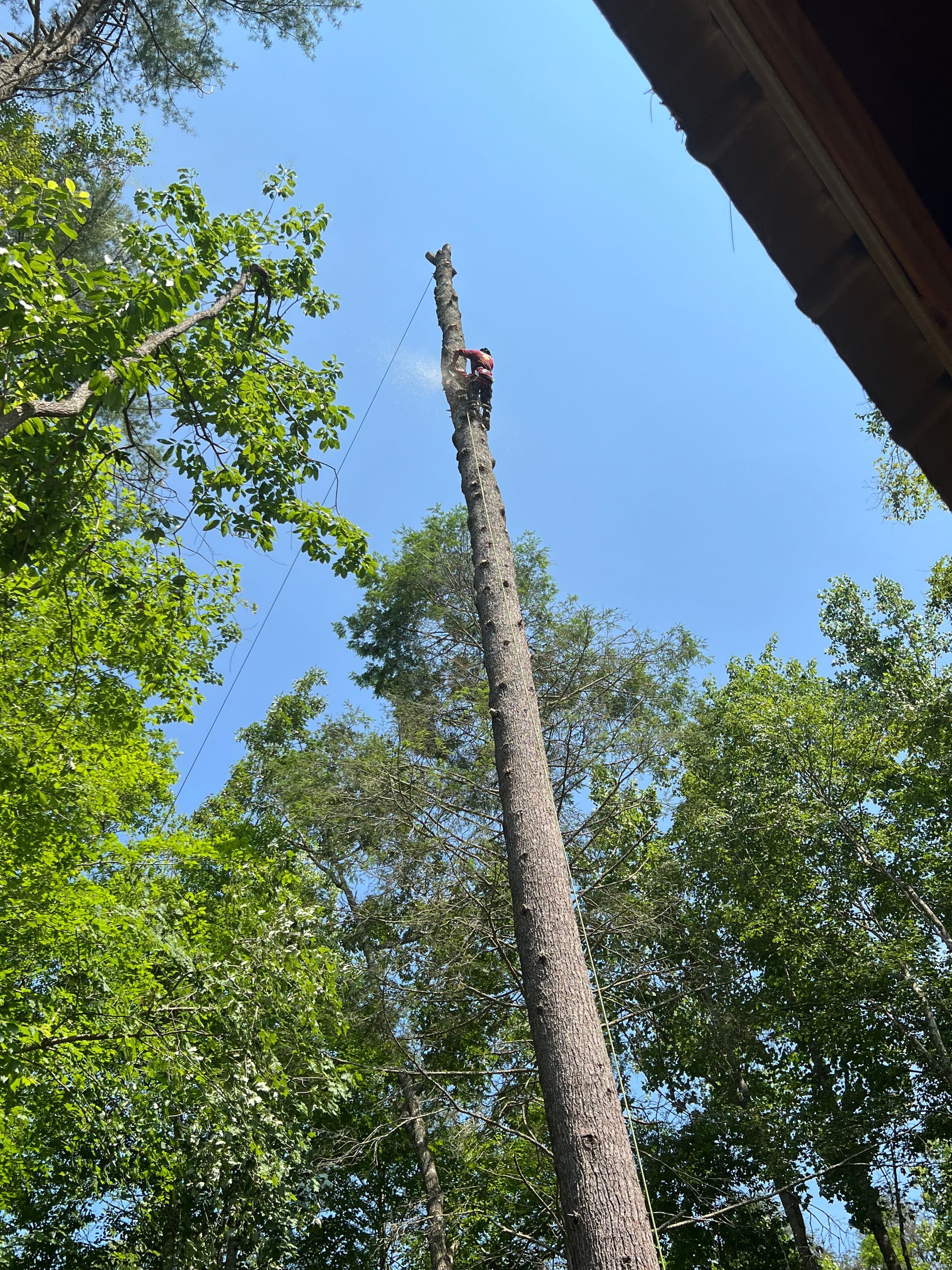
Share On: